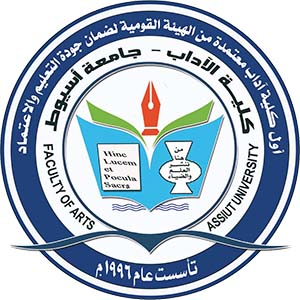This study focuses on the lexicalization patterns of English loanwords when mapped onto Egyptian Arabic (henceforth, EA). The literature in this area was devoted to the investigation of only English loan-nouns in different Arabic varieties. Differently, this study deals with a wider scope of loanwords that includes both nouns and verbs. The study also discusses the most important factors that govern the lexicalization process.
The study is divided into two parts: the first deals with English loan-nouns and the gender and number markers assigned to them in EA. The second is devoted to English loan-verbs focusing on the conjugation patterns they follow in EA.
The study concludes that English loan-nouns undergo considerable phonological and morphological changes to get lexicalized into the native language. Likewise, English loan-verbs manifest remarkable changes when conjugated into EA. The study refers to the most common lexical patterns that English loanwords follow when mapped onto EA.
The data for the study was extracted form 22 hours of free speech data audio-tapped to EA native speakers adults. This study is of a considerable importance to reveal the most common lexicalization patterns that English loanwords follow when integrated into EA and their relation to the grammatical behavior of the language. It may also help to better approach the relation between language contact and individual bilingualism on the one hand, and between language contact and societal diglossia on the other, especially in the Arabic diglossic environment of present-day Egypt.
Research Department
Research Journal
The 11th International Conference on General Linguistics, University of Navarra Proceedings.
Research Member
Research Rank
3
Research Website
http://www.unav.edu/congreso/xicilg/program
Research Year
2014
Research Abstract

